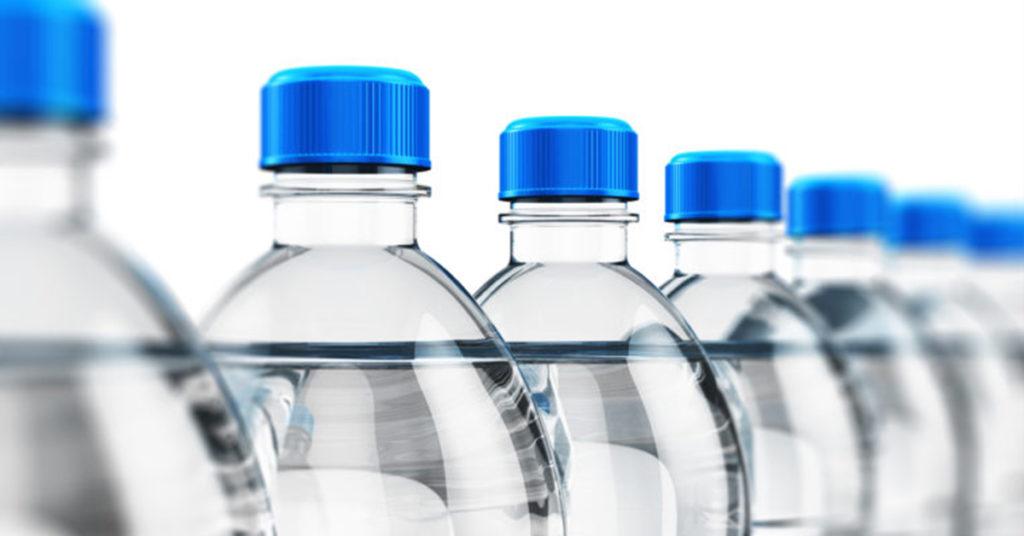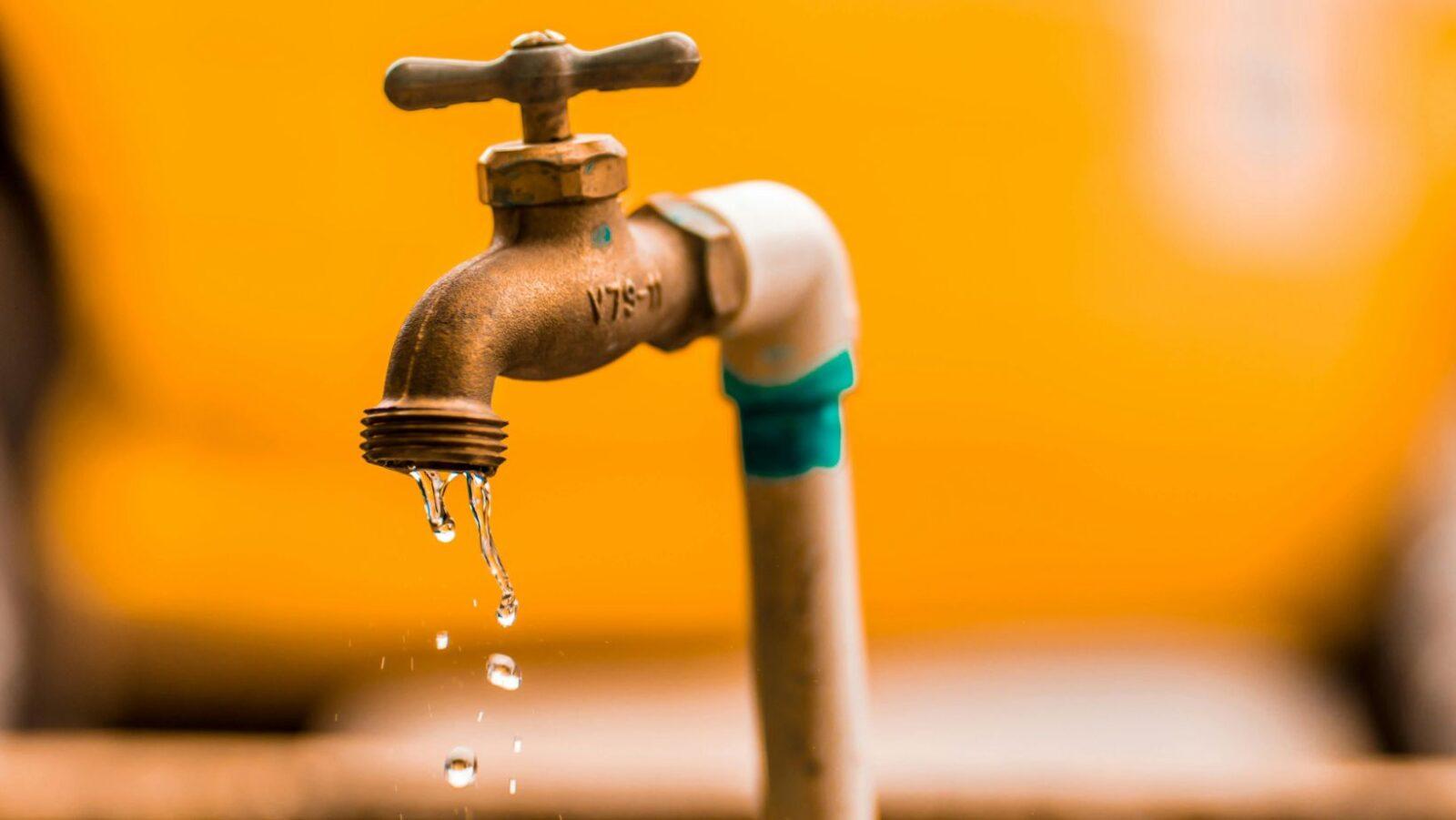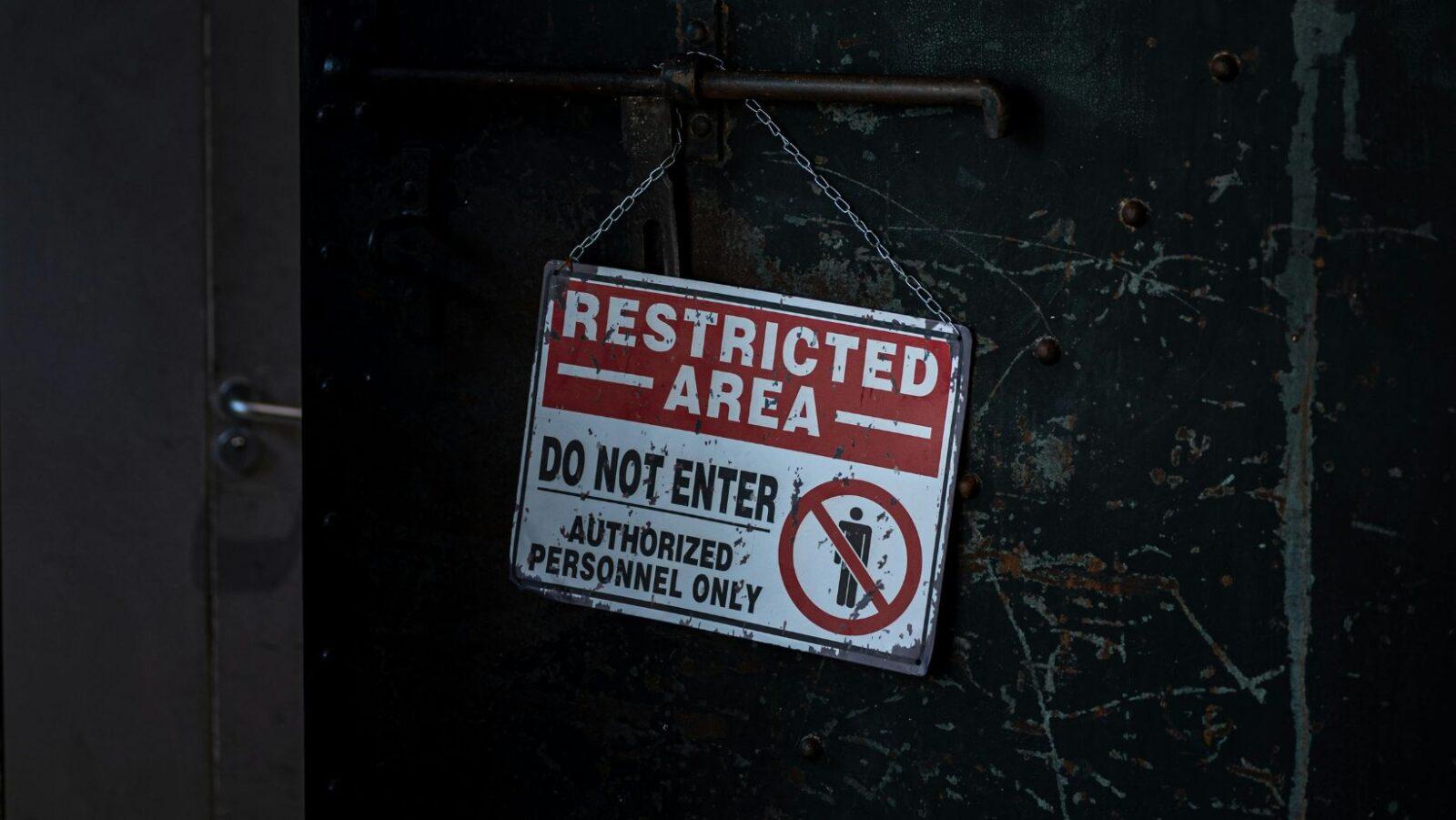
•While purified, distilled, and mineral water are all options for drinking water, there are certain differences between the three.
•Purified and distilled water both undergo extensive purification processes, though the latter ends up nearly completely devoid of minerals.
•Meanwhile, mineral water is naturally occuring or artificially prepared water containing dissolved minerals or gases.
We’re constantly reminded of the importance of drinking water every day. UK’s National Health Service advises us to drink between 6 to 8 glasses of fluid daily, which includes milk, sugar-free drinks, tea, and coffee. Drinking enough water each day is crucial for regulating our body temperature, preventing infections, cellular nutrient distribution, joint lubrication, and even keeping our organs functioning.
In 2020, more people seem to be obsessed with hydration than ever. Even before the COVID-19 “moist throat” myth, one of the top New Year’s resolutions was to drink more water. (In fact, Twitter’s official account posted a reminder, too.)
However, convenience stores and supermarkets seem to offer a lot of drinking water options. There’s distilled, purified, and mineral water…but what’s the difference, anyway?
Purified drinking water
Purified water undergoes a purification process (which you can probably glean from the name itself). This involves mechanical filtration to remove contaminants such as toxic chemicals, bacteria, algae, fungi, parasites, pollutants, and other impurities.
Purified water can also be prepared using ion exchange, reverse osmosis, or a combination of the two treatments. There are different methods to purify water, be it large scale (for a city) or small scale (individual household).
Water purification can also remove unpleasant tastes associated with chemical treatments, organic matter, or metal plumbing. This meets the need for clean and potable water, whether for medical, pharmacological, chemical, or industrial applications.
Distilled drinking water
Distilled water is another type of purified water; actually, it’s the purest possible type of drinking water. Water is boiled during the distillation process, and the resulting steam is collected and turned back into water (condensed) upon cooling.
This process separates the solid contaminants and pure water (which lacks naturally occurring minerals). It can also remove bacteria, viruses, protozoans, and chemicals. Medical facilities and laboratories typically use distilled water because of how pure it is.
Although distillation removes harmful contaminants in water, it also eliminates electrolytes and minerals such as fluoride, calcium, and magnesium. As it removes nearly all of the minerals in tap water, it’s not the healthiest type of water to drink, despite its purity. (This is also why a glass of uncontaminated, distilled water does not conduct electricity.)
Mineral drinking water
The US Food and Drug Administration identifies natural mineral waters as “water containing not less than 250 parts per million (ppm) total dissolved solids (TDS), coming from a source at one or more bore holes or springs, originating from a geologically and physically protected underground water source.”
Mineral water usually comes from natural springs, and has plenty of dissolved gases and minerals such as calcium carbonate, potassium, and sodium sulfate. One can also prepare it artificially by adding salts to distilled water or through aeration (bringing together air and water to take away undesirable substances).
Some of the minerals and their biological functions found in mineral water include calcium for bone development and muscle regulation, chlorine for hydrochloric acid formation, phosphorus for protein synthesis, magnesium for bone formation, and potassium for muscle and myocardial activities.
Aside from being a new trend, staying hydrated is highly recommended as heat indexes in our country begin to soar. These different water treatments give us access to safe drinking water—and now that we know how they differ, we can make more informed choices whenever we feel thirsty.—MF
References
- https://www.nhs.uk/live-well/eat-well/the-eatwell-guide/
- https://www.hsph.harvard.edu/news/hsph-in-the-news/the-importance-of-hydration/
- https://www.nytimes.com/2020/01/04/style/self-care/hydrate-hydrate-hydrate.html
- https://www.insider.com/the-difference-between-purified-distilled-and-tap-water
- https://www.healthline.com/nutrition/purified-vs-distilled-vs-regular-water
- https://www.sciencedirect.com/topics/engineering/purified-water
- https://www.britannica.com/topic/water-purification
- https://www.ncbi.nlm.nih.gov/pmc/articles/PMC5318167/
- https://www.britannica.com/science/mineral-water
Author: May Lara Bea Labayog
Bea is an aspiring Food Technology student from UP Diliman. When not in the laboratory doing food analysis and processing, you can find her in some coffee shop writing research papers and science articles, maybe in her room watching her favorite series, in her tutees’ house teaching science and math, or in the movie house enjoying the present. She loves travelling but she hopes to find herself in the future practicing Food Laws.









